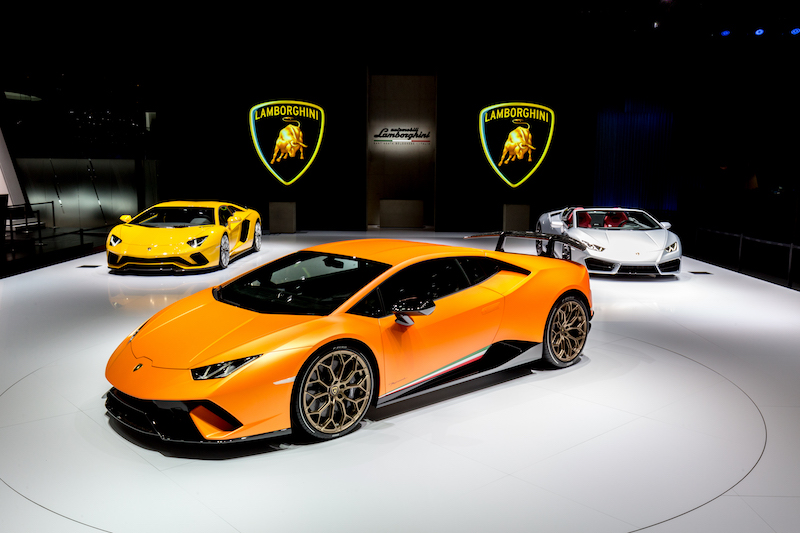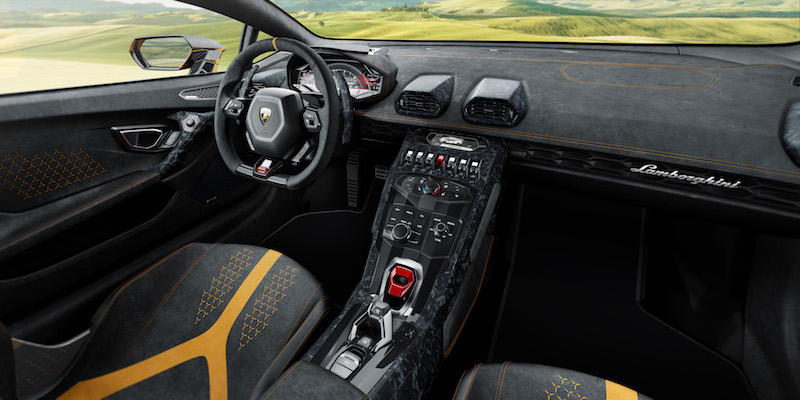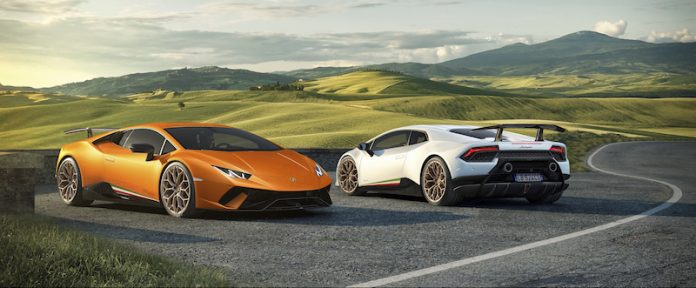Yes, I know – I’m a bit behind the times with this one. After all though, it has been a very busy week after all. The Lamborghini Huracán Performante has certainly been one of the standout cars from the opening few days of the Geneva Motor Show.
Bat Out Of (Green) Hell
There has been a big build-up around the new Italian supercar, and for good reason. Last year it set the new fastest time around the Green Hell that is the Nürburgring. The time? Well, since you asked, it was 6:52.01 minutes, and to put that in to some kind of context, that’s 5.0 seconds than the Porsche 918 Spyder. That is simply staggering, especially as the 918 is so much more expensive than the Performante.
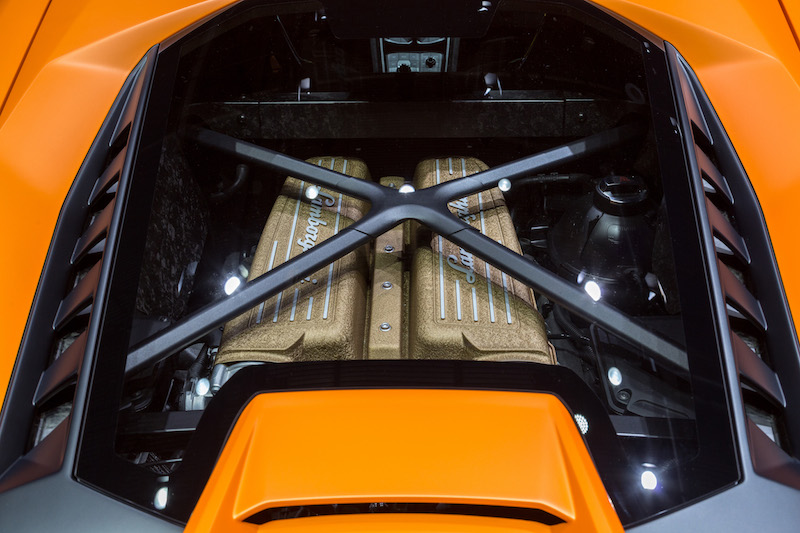
The source of this 918-slaying monster is a 5.2 litre naturally aspirated V10 engine which produces 640hp and 600Nm of torque. 0-62 is dealt with in only 2.9 seconds, and the top speed is over 200mph. This power is mated to a 7-speed double clutch automatic and four-wheel drive. The brute force of the V10 isn’t the only weapon the Huracán Performante has at its disposal though.
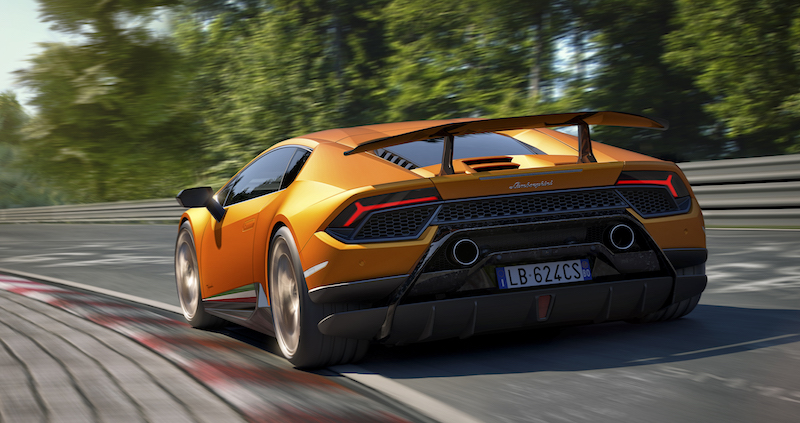
Aerodinamica Lamborghini Attiva – Active Aero
One of the largest talking points of the new model is the active aero, which is known as ALA, which is also Italian for ‘wing’. This is a patented system developed by Lambo and can either provide high downforce or low levels of drag. There are flaps at the front of the car which open when the ALA is deployed, forcing airflow under the car and reduces air pressure on the front wing. This is best used for achieving the best acceleration and top speed.
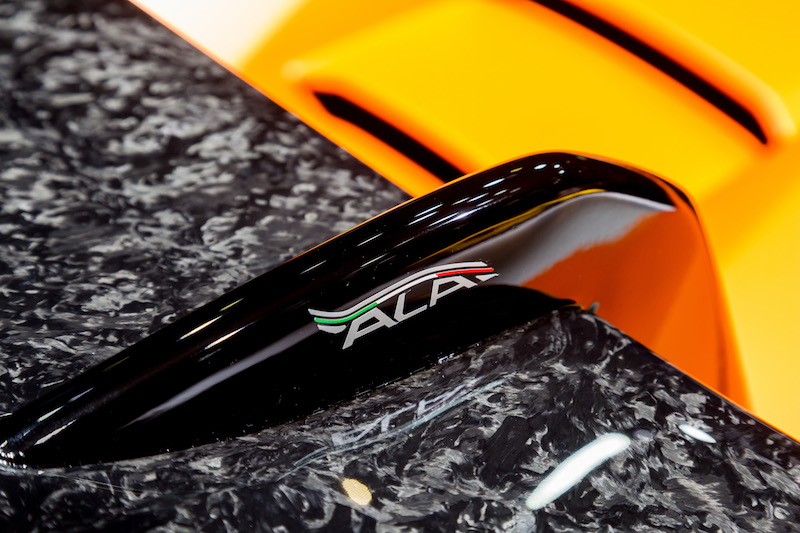
When the flaps are closed, however, the car has a higher downforce, which in turn means better cornering, crucial for fast lap times. The system is also adopted at the rear, with the large spoiler benefitting from the new tech, plus it’s 80% lighter than a traditional hydraulic system. That’s not the only place where weight has been saved.
Lighter Lambo
One feature I really love the Huracán Performante is the exposed chopped carbon fibre composite which has been used in both inside and outside the car. The car’s frame itself has been made using a hybrid mix of aluminium and carbon fibre. This adds to a total weight saving of 40kg. The exhaust system has also been reduced in weight to help with this, plus it has been moved higher and more central for better performance.
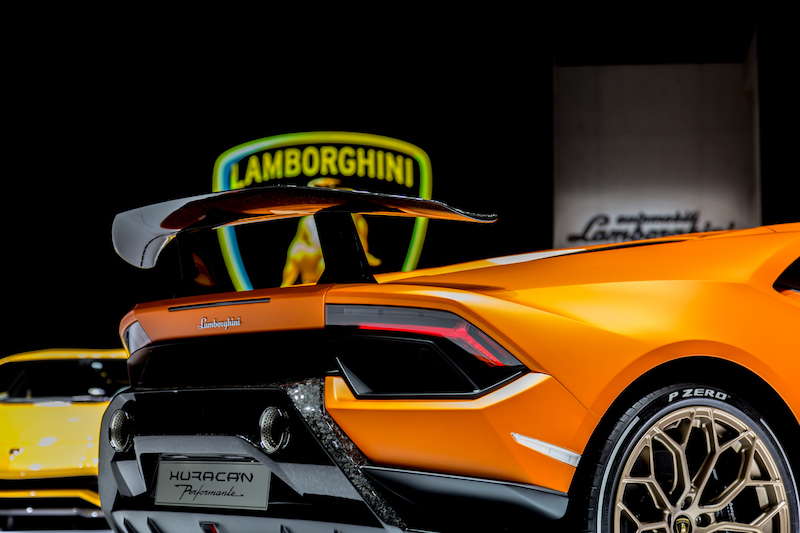
Deliveries will arrive in summer, with prices starting at £173,271 – before tax. So what would you have, this or a McLaren 720S? Oh, that’s a tough choice.
